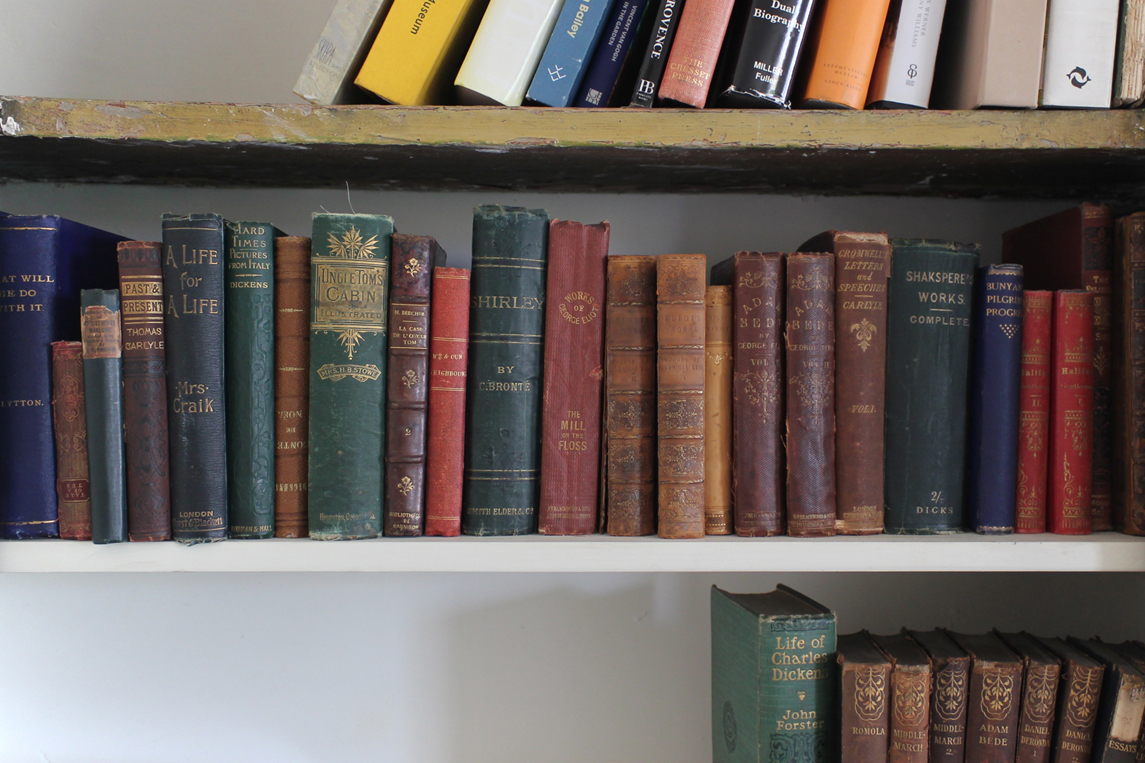Roma Tearne’s Archive of a Ghost

Matthew Yeats responds to Archive of a Ghost, the culmination of Roma Tearne’s residency at Van Gogh House earlier this year.
Matthew Yeats is a PhD candidate, reading History of Art at the University of St Andrews.
Artist and writer Roma Tearne’s residency signifies an important development for Van Gogh House’s programme as our first writer-in-residence. Tearne’s project, Archive of a Ghost, involves an excavation of memories as she lays the foundations for an upcoming novel and reflects upon her third novel Brixton Beach. This research is particularly close to home as Tearne parallels the archives of Van Gogh House with reflections upon her own childhood in the neighbourhood, having grown up a street away.
Memories were an important and complex concept for Vincent Van Gogh. Throughout his life, the artist struggled to create a sense of identity, experimenting with various professions and social circles to find a sense of belonging as a deeply nostalgic person. Van Gogh House and its many residents could have offered this to the young man – giving him a sense of purpose and fraternity with his fellow man. Now, almost 150 years after Van Gogh’s arrival to 87 Hackford Road, Tearne continues the exploration of the persistence of memories, absence, and place in the very same rooms. Archive of a Ghost is an excavation of objects left in the building over the years, and placing these pieces (fabric from a dress, letters, shoes to name but a few) throughout the space in a manner evocative of the quiet presence that remains in the essence of a building after the animation of human activity has left.
For Tearne, Van Gogh House offers the opportunity to consider the mental archives of her own childhood. Questioning what is left behind when a person leaves a physical space, her residency explores notions of belonging, legacy, and ownership within a space that is designed for many to occupy. The works on display include semi-transparent figures on sheets of written text, combining Tearne’s passion for manuscripts with the archival nature of letter writing and evoking Vincent Van Gogh’s personal correspondence in which he regularly related his own memories. The appearance of these ghostly figures provokes questions of belonging, and the juxtaposition between emptiness and occupation of space. Empty Chairs in the front parlour draws parallels between Tearne and the building’s namesake: consisting of empty chairs reminiscent of Vincent Van Gogh’s celebrated Van Gogh’s Chair with Pipe painting from 1888, symbolising and documenting a lingering presence within the space.
Through residencies such as Roma Tearne’s, Van Gogh House can, in some way, offer the artistic fraternity that Vincent Van Gogh craved during his lifetime. Roma Tearne’s project encapsulates the dual purpose of the space: honouring the building’s past residents in the formation of an archive, while developing the legacy of the house as a space for creativity to flourish in a communal and enriching manner.